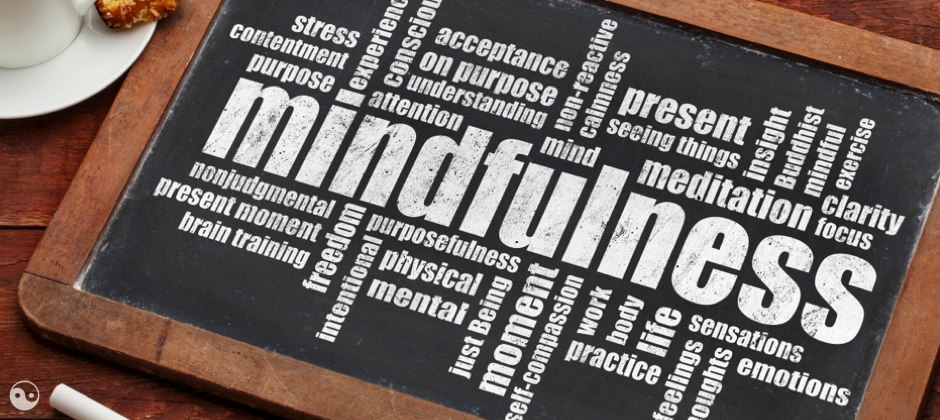How Tai Chi is Different from Western Exercise
When you walk through a typical Western gym, it is very common to see people distracting themselves from the hard work of physical exercise. The people on the treadmills have their earphones in, jamming to fast-beat workout music. That guy on the stair-climber is watching the news on the wall-mounted TV. The girl on the exercise bike is reading a magazine. Everywhere you look, people’s attention is anywhere other than the sweaty work they’re doing.
Tai Chi Chuan is the exact opposite. The most important thing you have to do in Tai Chi practice is fully engage your mind and attention. This mind-body integration is rooted in multiple Asian traditions, including the martial arts, traditional Chinese medicine and Taoist philosophy.
Rather than trying to hit your heart rate max as you jump and pump with the latest cardio trend, Tai Chi focuses on slow, intentional, whole-body movements that are performed with mindfulness, mental imagery and slow rhythmic breathing. The mind-body connection means that as you strengthen the body, you strengthen the mind; as you relax the mind, you relax the body. As your physical health improves, your mental focus and clarity improves as well.
“Mindfulness is about being fully awake in our lives. It is about perceiving the exquisite vividness of each moment. We also gain immediate access to our own powerful inner resources for insight, transformation, and healing.” – Jon Kabat-Zinn
What To Expect
Most Tai Chi practices begin with a gentle warm-up. The point of these exercises is to simply “wake up” the tissues and the joints, begin to get the joints lubricated so they move freely, and provide an opportunity for you to really listen to your body. As you work through the different parts of the body, pay attention to any creaks and pops, any stiffness or pain, any weakness or tension. These are usually signs that this part of your body will need a little extra love and attention.
Following the warm-up, you’ll move to “Forms practice.” Tai Chi is most popularly known for the graceful, flowing sequences of movements that are known as forms. Typically the form will begin by simply standing quietly and breathing, and then you gently move into a highly-choreographed set of steps and movements. With many forms, you’ll end the practice right back where you started, standing still and breathing softly.
Some people will follow their Tai Chi practice with a brief cool-down, often with a bit of gentle massage. Instead of being sweaty and out of breath, you should feel energized, relaxed, and hopefully a little less stressed.
The Transformation
Many of the Asian philosophies say that we can define ourselves by what we desire as well as what we want to avoid. This applies to Tai Chi as well. Often we can most easily define what we don’t want. In Tai Chi, we call these the “three Nos:”
No Pain, No Stress, No Fear
The transformational power of Tai Chi comes from taking these things that we don’t want – chronic pain, soul-crushing stress, paralyzing worry and fear – and turning them into their opposites. This is the entire mission behind Tai Chi Transformation, and you can learn all about it in the next section.

